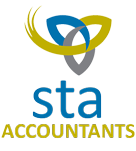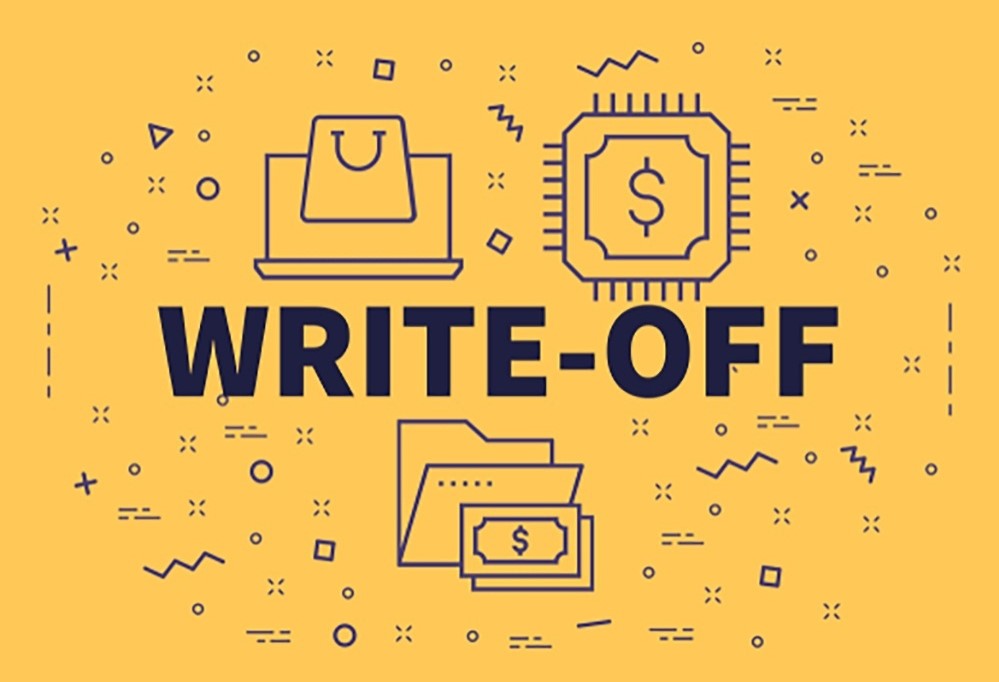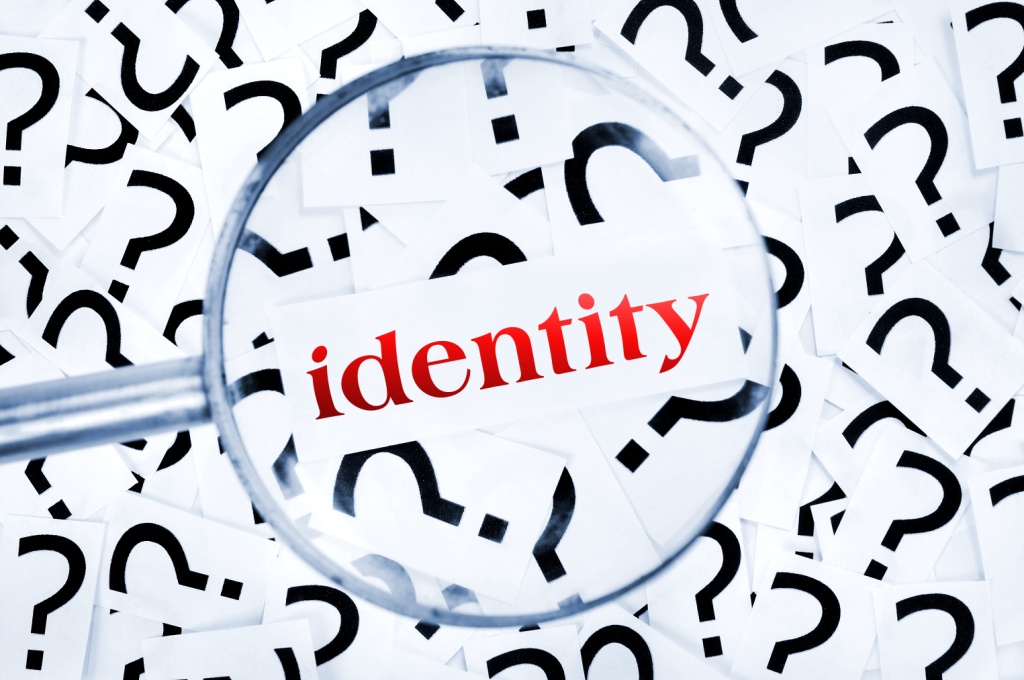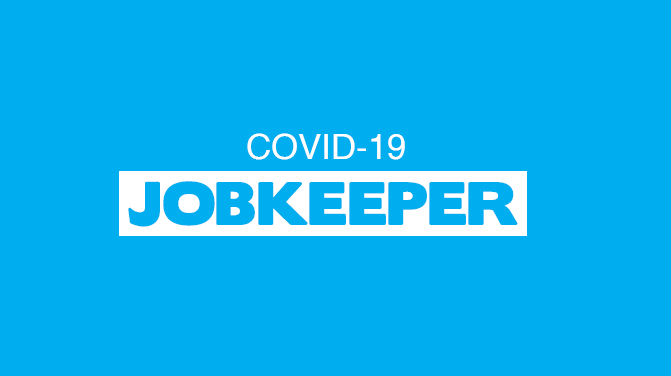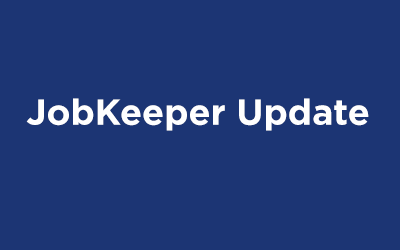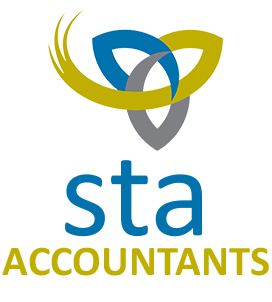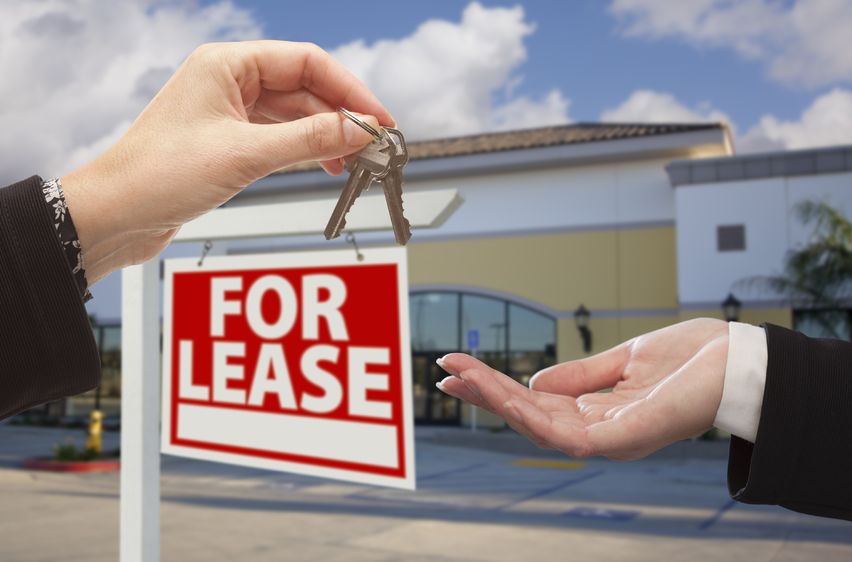Any business earning up to $5 billion can now write off eligible expenses immediately, at any cost, up until June 2022. This is the second expansion of the limit since 2020.
In March, the government had advised a limit of up to $150,000 for each asset. Now there is no maximum limit on the asset prices. The Government estimates that 3.5 million businesses will be eligible for the scheme in a move set to encourage spending among businesses. (known as temporary full expensing)
This measure will apply to eligible assets that have been purchased from 7:30pm (AEDT) on 6 October 2020 and first used or installed by 30 June 2022.
The cost of improvements to existing eligible depreciable assets made during this period can also be deducted in full.
However, there are some conditions that you need to be aware of when lodging for this claim:
- Full expensing in the year of first use will apply to new depreciable assets and the cost of improvements to existing eligible assets as well as the purchase second-hand assets.
- You need to be in business to claim the Instant Asset Write-Off – having an ABN is not enough
- This tax break is not a cash hand-out, but a deduction that reduces your taxable profit. If you operate as a company and spend, say, $40,000 on a capital purchase (net of GST), then assuming a tax rate of 26%, the company will receive a 26% deduction, which equates to a $10,400 reduction in tax. This means that the company will effectively have a net cash outlay of $29,600 on this purchase.
- The asset must be used, or installed ready for use by 30 June 2022. This is particularly important if the business purchases the asset just before the end of the financial year. For example, if the asset is purchased, say, on 29 June 2022, but not available for use in the business until 7 July 2022, then the business loses the entitlement to claim an immediate tax deduction for the asset
- Don’t forget to pro-rate the deduction for private use – to claim the full deduction, the asset has to be used solely for business purposes. If you operate as a sole trader or in a partnership and there has been some personal use of the asset, the deduction needs to be pro-rated to reflect this
- The deduction is not pro-rated where you operate as a company or a family trust, but fringe benefits tax (FBT) may apply to the private use of the asset by employees (FBT on company cars is a common example).
- Rules still apply to limit the deduction for the purchase of a car. A car limit applies to the cost of passenger vehicles (except a motorcycle or similar vehicle) designed to carry a load less than one tonne and fewer than 9 passengers. The car limit is $59,136 for the 2020–21 income year. The instant asset write-off is limited to the business portion of the car limit for the relevant income tax year. For example, the car limit is $59,136 for the 2020–21 income tax year. If you use your vehicle for 75% business use, the total you can claim under the instant asset write-off is 75% of $59,136, which equals $44,352. GST and stamp duty may also need to be incorporated within the car limit. See this link for more information: https://www.ato.gov.au/Newsroom/smallbusiness/General/Instant-asset-write-off-and-the-car-limit/
